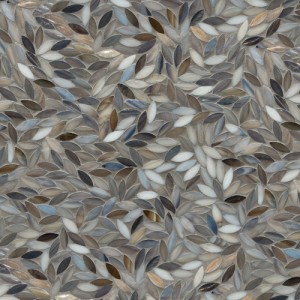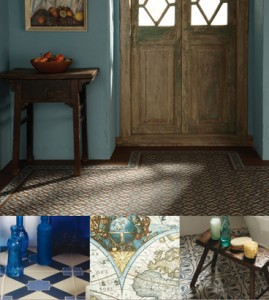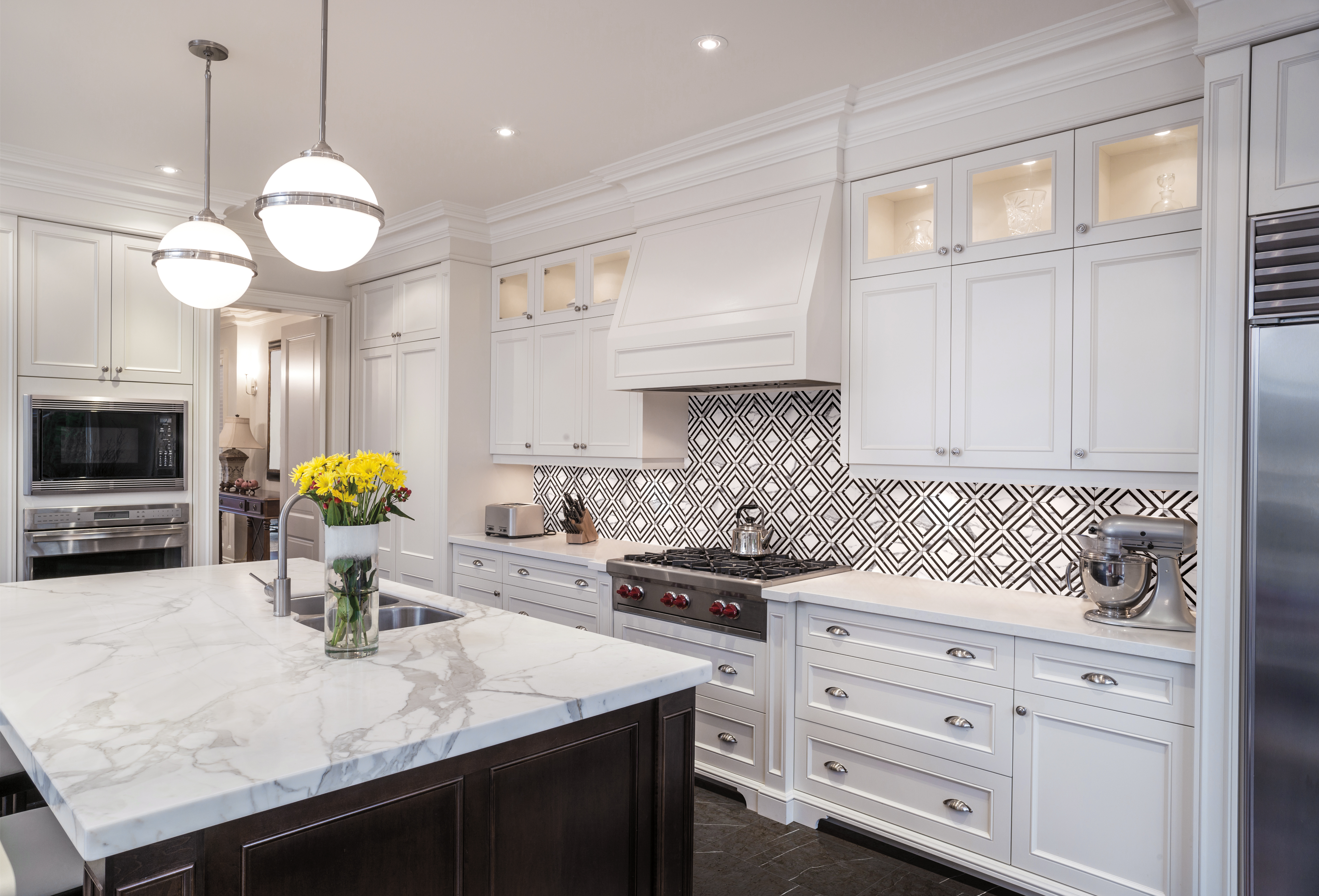Tile contractors vary greatly. As they say, “Prep is the most important part of the job”. Judging installation quality is relatively difficult for most homeowners since tile covers the prep work. Take the time to educate yourself about tile installation so that you can ask the right questions. A low price achieved through questionable shortcuts or installation methods may not be a good long-term solution.
Durock is a prefabricated cement board substrate. It comes in sheets which are nailed to the studs. A mud set showers starts with metal lathe which is interwoven and stapled to the studs. It then receives two coats of cement by hand with the second coat being skimmed flat and plumb. Durock showers are multiple pieces which have the possibility of shifting around causing leaks and cracked grout lines especially in new built homes which settle.
Here is the problem with prefabricated substrates which do not hold the same qualifications that the traditional mud set do. If your wall is out of plumb, or floor is out of level or has a hump in it, the Durock or any other prefabricated substrate will follow that hump or irregular contour. With mud set, this is not a problem because we have the ability to “float out” any inconsistencies while applying the cement. If there is a flaw in the wall when using Durock, it will only be magnified by the tile being there. This is why it is so important to make sure the substrate is exactly that, straight. With prefabricated substrates you have seams, with mud set you do not. Prefabricated substrates are nailed to floor and wall studs directly with no water proof membrane allowing wall and floor deflection which can lead to tile cracking. Mud set is anchored everywhere and is evenly distributed for maximum bond to the floor or wall and every void is filled. The same cannot be said for prefabricated substrates. With a well done mud set shower the substrate is literately a one piece waterproof shell. This method has stood the test of time and has been used for centuries. TileCraft’s mud set showers have a lifetime guarantee from leaking. Yes, lifetime…..
The bottom line is when it comes to traditional mud set, if this generation knew as must about it as their predecessors did, more people would demand this level of skill. This is the only method preferred by our tile artisans.
For a worry free time tested method, mud set showers are the route to go.




